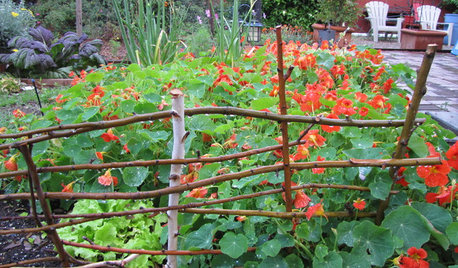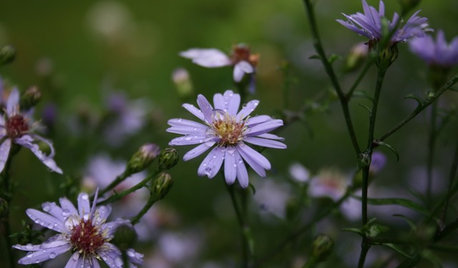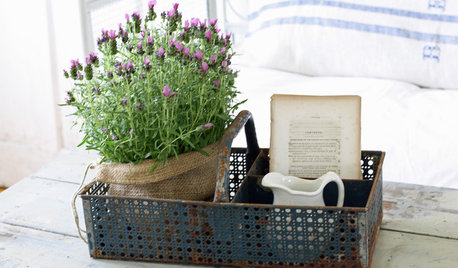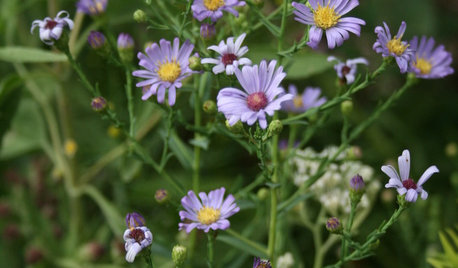overwintering Rosemary zone 6
aloha10
11 years ago
Featured Answer
Sort by:Oldest
Comments (11)
flora_uk
11 years agofatamorgana2121
11 years agoRelated Professionals
Ballenger Creek Landscape Architects & Landscape Designers · Grand Haven Landscape Architects & Landscape Designers · Palm Springs Landscape Architects & Landscape Designers · Canton Landscape Contractors · Allentown Landscape Contractors · Burlington Landscape Contractors · Dunwoody Landscape Contractors · Holtsville Landscape Contractors · Kaysville Landscape Contractors · Live Oak Landscape Contractors · Tustin Landscape Contractors · Antioch Landscape Contractors · Forest Hill Landscape Contractors · Palmetto Outdoor Lighting & Audio Visual Systems · Murray Roofing & Guttersfatamorgana2121
11 years agoaloha10
11 years agogjcore
11 years agohomegrown54
11 years agofatamorgana2121
11 years agololauren
11 years agosusanlynne48
11 years agoConor Macdonald
3 years ago
Related Stories

GARDENING GUIDES6 Plants That Beat Butterfly Bush for the Wildlife Draw
It's invasive, a nonnative and a poor insect magnet. Check out these better alternatives to butterfly bush in the garden
Full Story
GARDENING GUIDES6 Gift-Giving Gardens for Delights Beyond the Visual
Grow your own natural dyes, snip herbs for home brews and more ... these creative gardens have benefits beyond beauty alone
Full Story
FLOWERS6 Overlooked Asters for Tough Spots
Whether your garden has baking sun or dry dense shade, boggy soil or sandy gravel, there's an aster for that
Full Story
FALL GARDENING6 Trees You'll Fall For
Don’t put down that spade! Autumn is the perfect time for planting these trees
Full Story
WINTER GARDENING6 Reasons I’m Not Looking Forward to Spring
Not kicking up your heels anticipating rushes of spring color and garden catalogs? You’re not alone
Full Story
HOUSEPLANTSOutsmart Winter — Make Houseplants of Your Garden Growers
No need to watch Jack Frost play Wreck the Rosemary. Bring your garden inside for the winter, using containers and these guidelines
Full Story
NATIVE PLANTSAutumn Joy: How to Get 3 Months of Fall Flowers
Enjoy blooms from September to November by mixing 6 asters native to different areas of the U.S.
Full Story
GARDENING GUIDESSouthwest Gardener's October Checklist
Softer light and milder weather make desert gardens a real joy this month, but watch the water and don't forget to plan
Full Story
WINTER GARDENINGExtend Your Growing Season With a Cold Frame in the Garden
If the sun's shining, it might be time to sow seeds under glass to transplant or harvest
Full Story
GARDENING GUIDES15 Native Flowers That Feed Native Bees
These perennials offer superfood to hundreds of bees and are gorgeous in their own right
Full Story










StevenHB